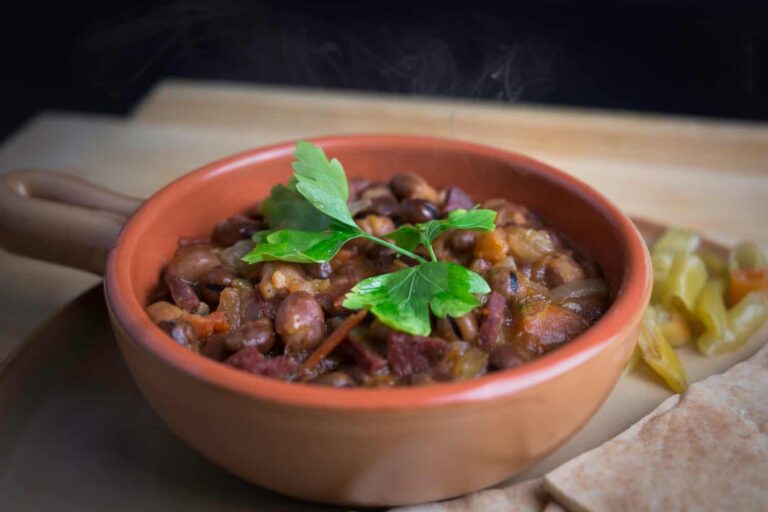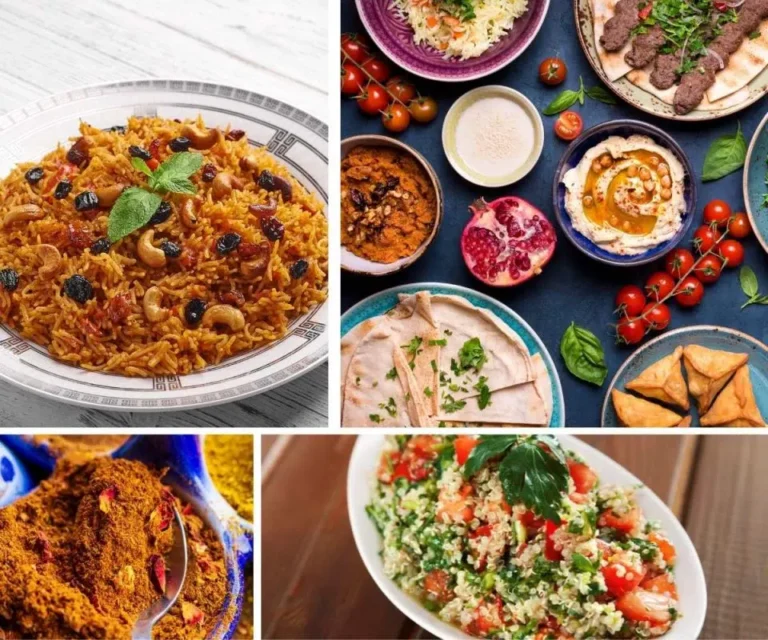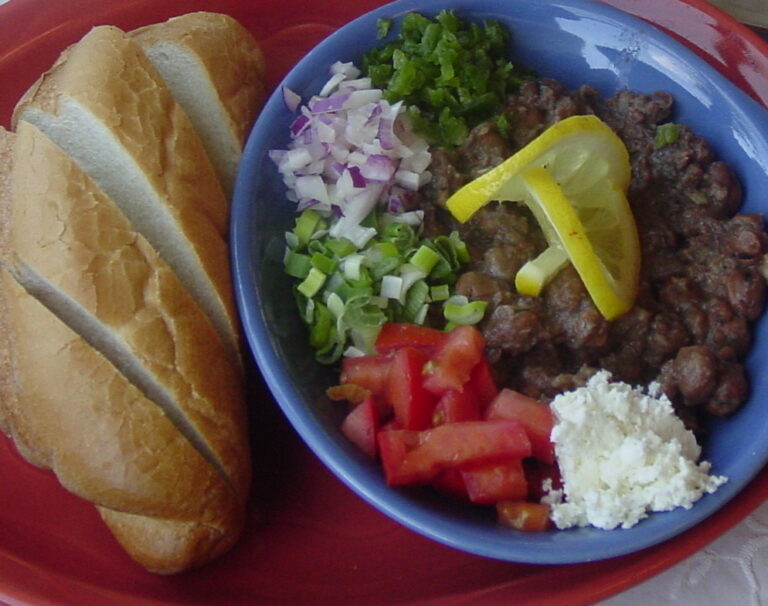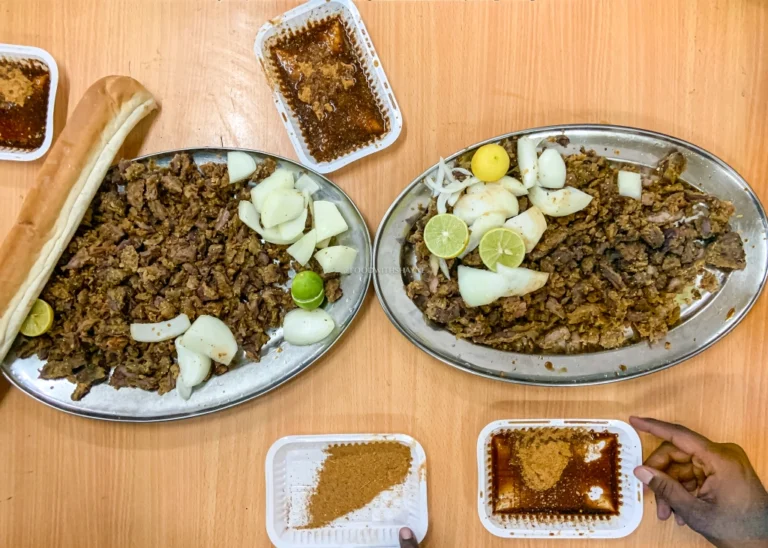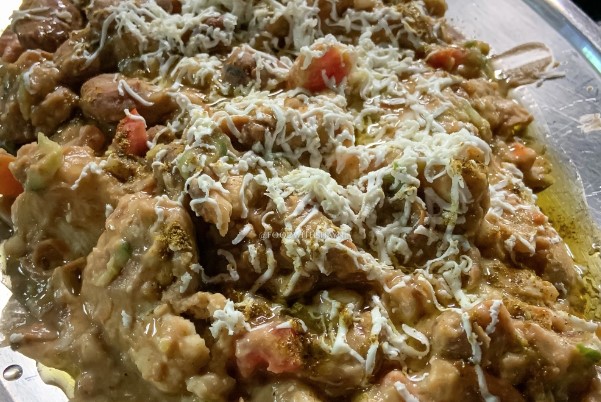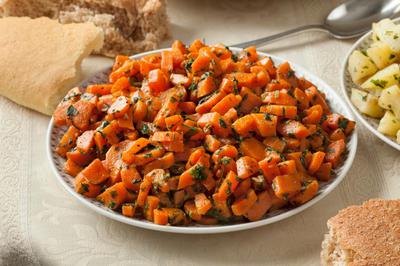Introduction: Sudanese Street Food
Sudanese street food is an essential part of the country’s food culture. It is a reflection of the diverse cultures and traditions that Sudan encompasses. From the bustling streets of Khartoum to the small villages of the countryside, Sudanese street food is a staple for locals and a treat for visitors. Sudanese street food is known for its bold flavors, spices, and simplicity. The food is cooked fresh and is usually enjoyed on the go.
Ful Medames: A Classic Breakfast Dish
Ful Medames is a classic Sudanese breakfast dish that has been around for centuries. It is made with fava beans, tomatoes, onions, garlic, and spices. The dish is usually served with bread, hard-boiled eggs, and tahini sauce. Ful Medames is a staple food in Sudan, and it is enjoyed by people of all ages. It is not only a delicious breakfast dish but also a nutritious one that provides a good source of protein.
Kebda: A Spicy Grilled Liver Delight
Kebda is a popular Sudanese street food dish that is made with grilled liver. The liver is marinated in spices such as cumin, coriander, and chili powder, giving it a spicy kick. Kebda is usually served with bread, salad, and hot sauce. It is a favorite among locals, and it is easy to find on the streets of Sudan. The dish is not only delicious but also a great source of iron and protein.
Shai Bi Naan: A Sweet Tea and Bread Combo
Shai Bi Naan is a popular Sudanese street food dish that is made with sweet tea and bread. The tea is flavored with cinnamon, ginger, and cloves, giving it a warm and cozy taste. The bread is soft and fluffy, making it the perfect accompaniment to the sweet tea. Shai Bi Naan is a favorite among locals, and it is commonly enjoyed as a snack or as a light meal.
Kisra: A Thin, Fermented Bread Staple
Kisra is a thin, fermented bread that is a staple food in Sudan. It is made with sorghum flour, water, and yeast. The bread is cooked on a griddle and is usually served with stews or dips. Kisra is a simple yet tasty bread that has been a part of Sudanese cuisine for generations.
Asida: A Sweet Porridge for Celebrations
Asida is a sweet porridge that is traditionally served at celebrations such as weddings and graduations. It is made with flour, water, and sugar, and it is usually served with butter and honey. Asida is a comforting and delicious dish that brings people together. It is a symbol of Sudanese hospitality and generosity.
In conclusion, Sudanese street food is a unique and flavorful experience that should not be missed. From Ful Medames to Kebda, Shai Bi Naan, Kisra, and Asida, these dishes are a reflection of Sudan’s rich culture and traditions. Whether you are a local or a visitor, Sudanese street food is sure to satisfy your taste buds.

